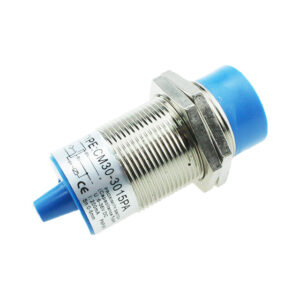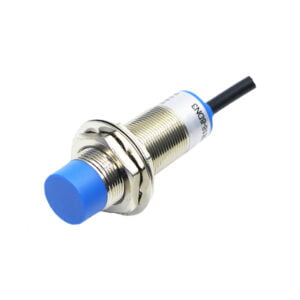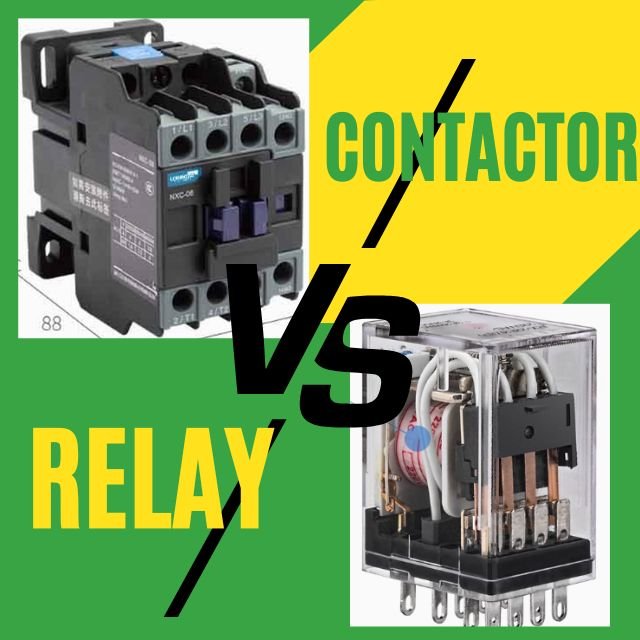As mentioned in our recent published blog post, inductive proximity sensors are widely used to detect metal objects, but what should you do when considering detecting glass or plastic? The answer is to use capacitive proximity sensors. Do you want to know how capacitive proximity sensors work? In this article, you will find the answer. Now let’s get started.
What is a capacitive proximity sensor?
Capacitive proximity sensors are a new type of non-contact switch, which is widely used in industrial control to realize functions when an object is within its sensing range, such as liquid level detection, counting the number of objects in production machines, etc.
Now we believe you have a general understanding of capacitive sensors, in the next section, we will explain in detail how it works.
How capacitive proximity sensors work?
Capacitive proximity switch is a non-contact sensor that uses capacitance changes to detect objects. It consists of two conductive plates and detects the proximity of an object by changing the dielectric constant or distance.
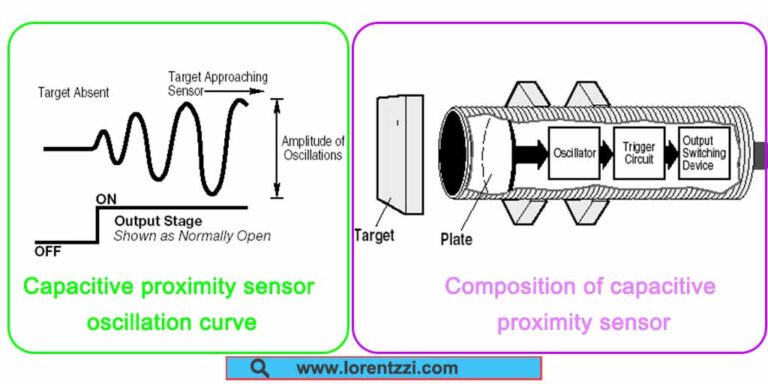
The frequency of the internal oscillation circuit changes with the capacitance, which is converted into an electrical signal and amplified and processed, and then outputs a digital or analog signal to control other devices.
Advantages and disadvantages of capacitive proximity sensors
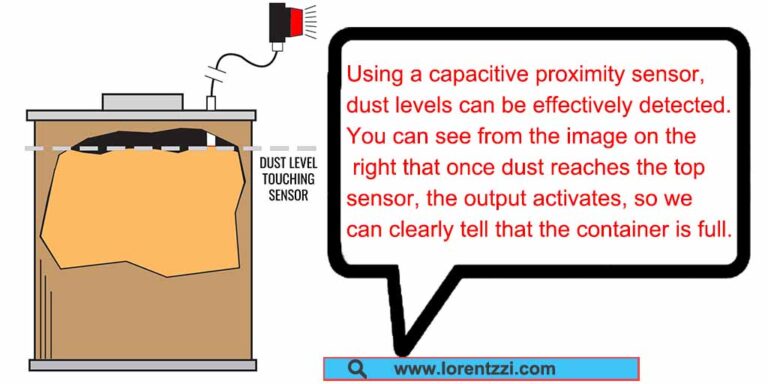
The biggest advantage of capacitive proximity sensors is that their detection materials are not limited to metal objects, but can also be used to detect non-metallic objects such as textiles, paper, liquids, glass, wood, dust, etc. In addition, capacitive sensors also have the advantages of low cost, fast response time, and no need for touch detection.
As mentioned above, it can detect dust, so once the environment is full of dust and not so tidy, it will cause false action, so the obvious disadvantage is that it needs to be installed in a clean environment and requires regular maintenance. Another disadvantage is that if there is strong noise generated by electrical equipment such as electric field generators nearby, it will also affect the performance of capacitive sensors. The solution is to try to use a photoelectric sensor instead, or install it in a shielded housing.
Applications of capacitive proximity sensors
Capacitive proximity sensors can be used widely in object counting, position positioning and thickness measurement, liquid level detection of bottled beverages, wafer positioning and thickness measurement, packaging machinery, printing position control and so on.
Conclusion
In summary, the working principle of capacitive proximity sensors is based on the electric field effect. The working principle of capacitive sensors is similar to that of ordinary capacitors. When the target object approaches the sensor, the capacitance of the sensor changes, thereby affecting the oscillation circuit and realizing the detection of the object.
Lorentzzi®, as one of capacitive proximity sensor manufacturers in China, can produce capacitive sensors detection distance from 2.0mm to 25.0mm, the outputs can be PNP and NPN transistor or relay outputs, if you will need our technical support or a specific product, please send email to shonxu@lorentzzi.com.



